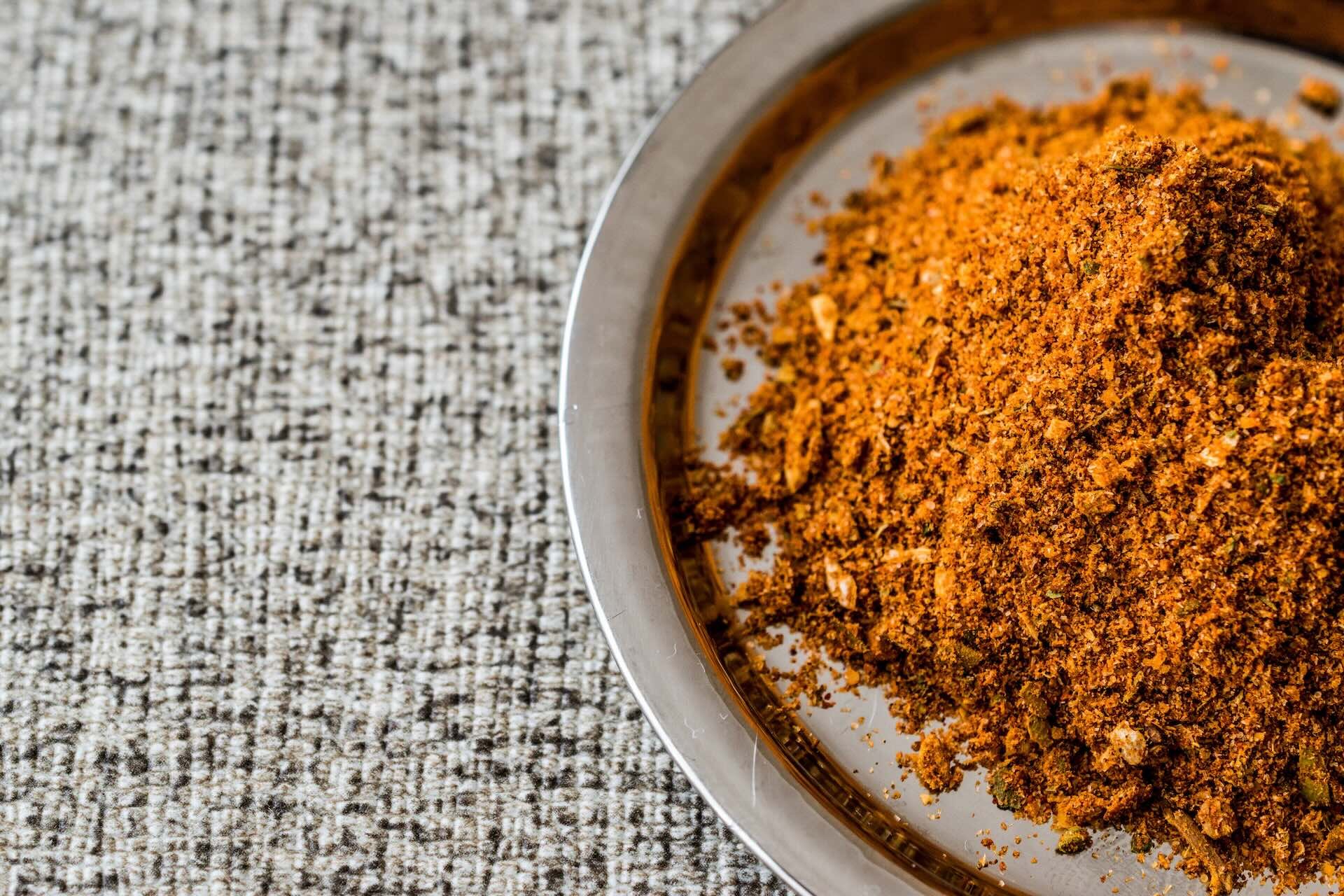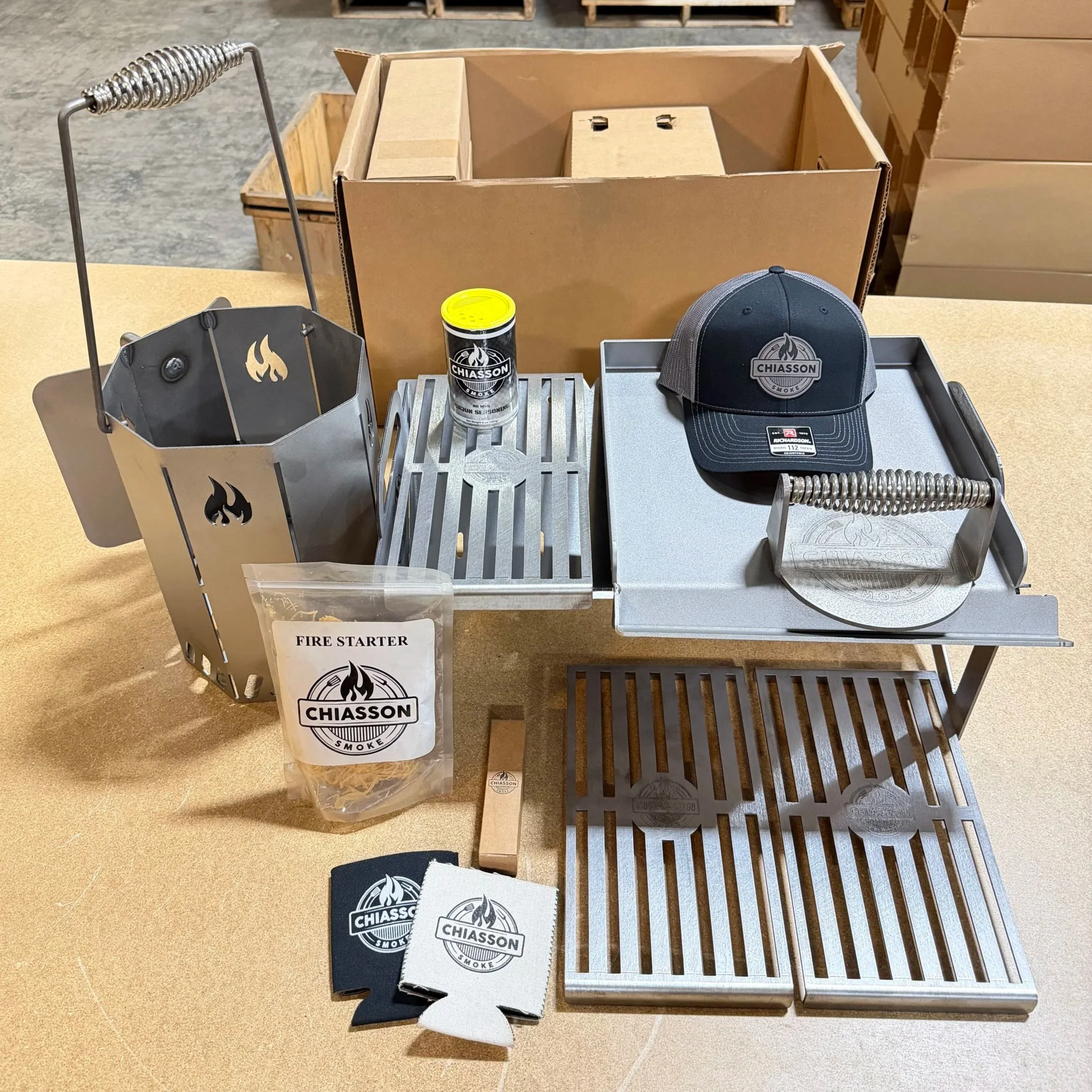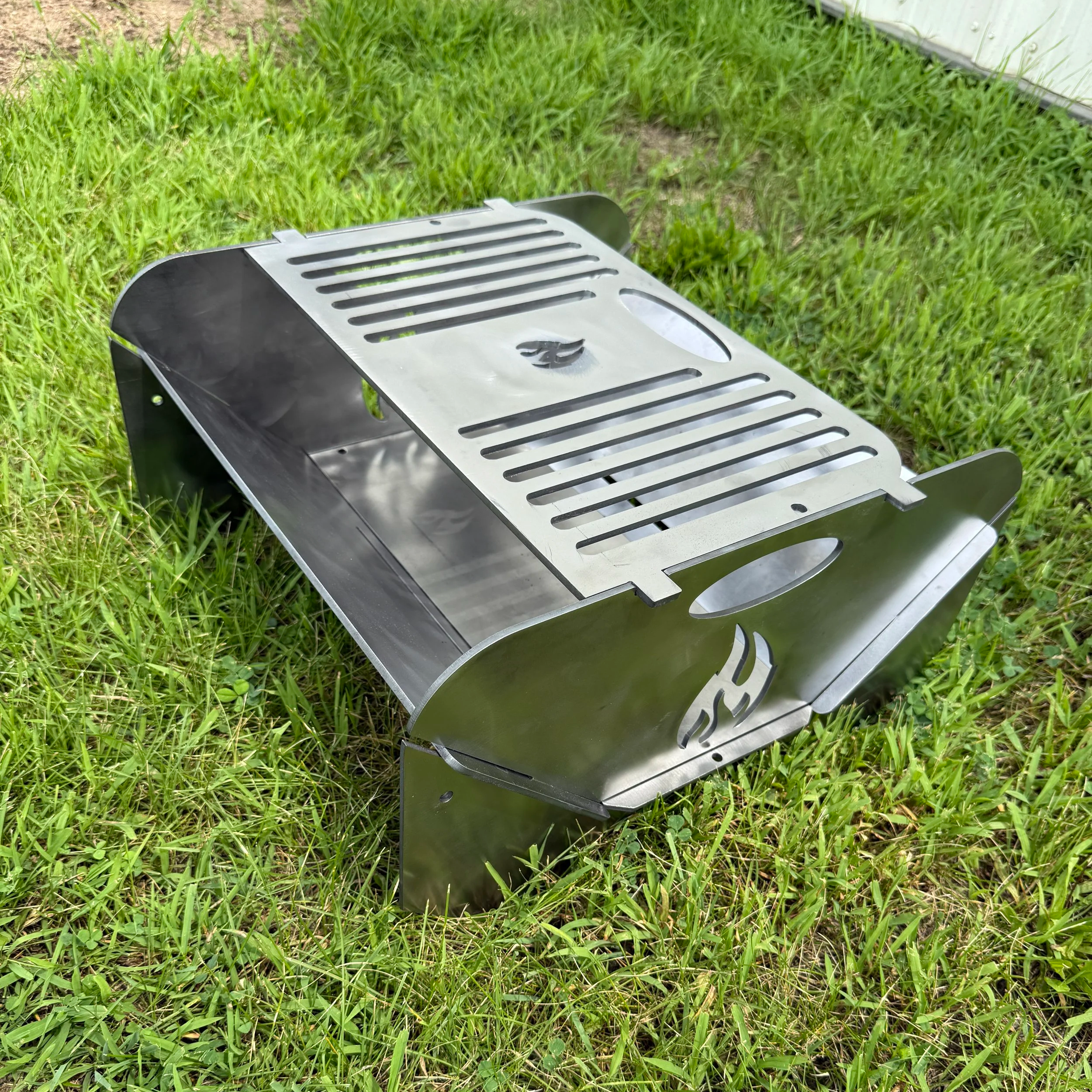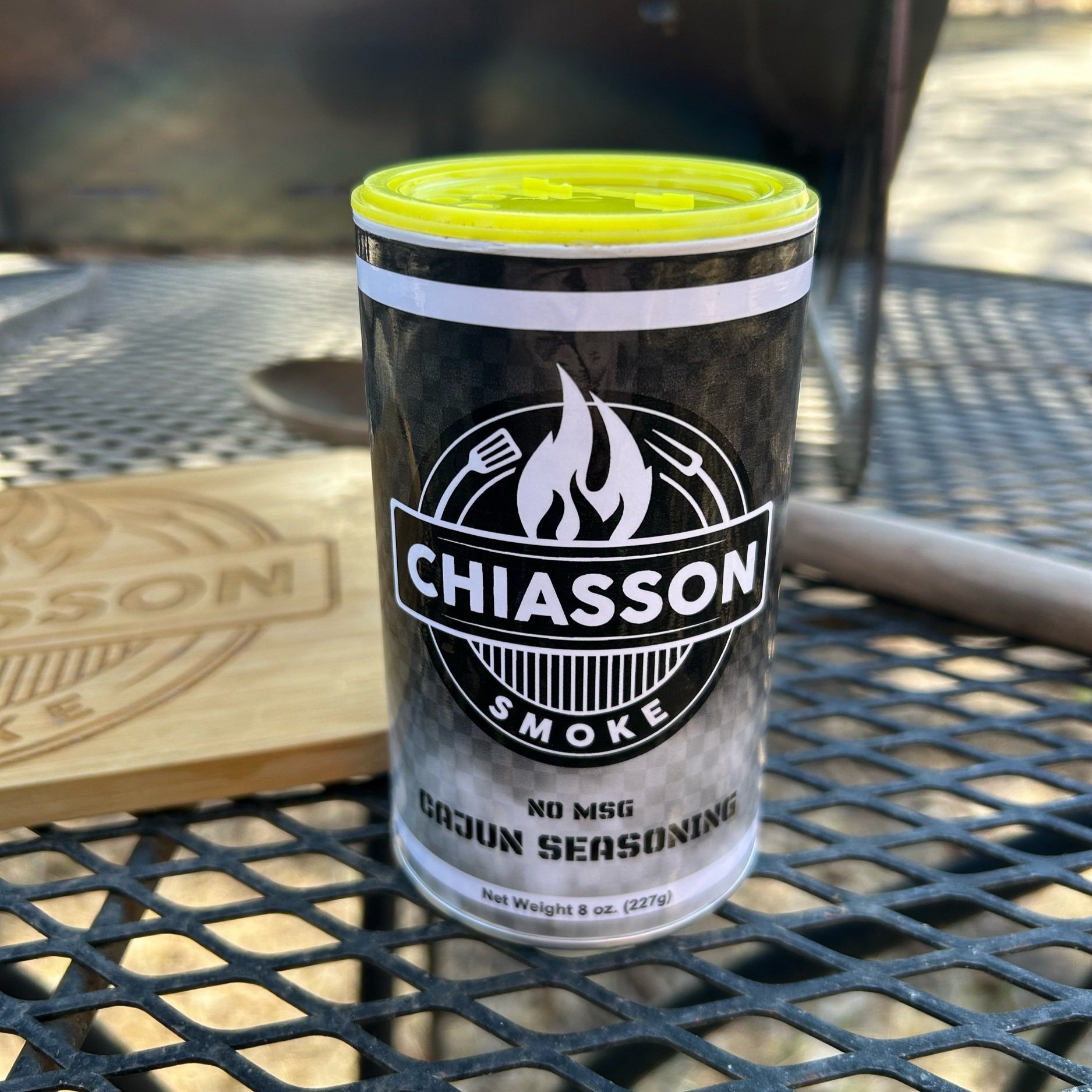The Ultimate Guide to Dry Rubs & Marinades
Barbecue season is here, and your taste buds are ready. But wait! Before you throw that meat on the grill, there’s something you need to know: dry rubs and marinades. These tasty mixtures are the secret to meat that’s full of flavor, juicy, and just plain awesome.
Let’s dive into the tasty world of rubs and marinades. This guide will teach you what they are, how to make them, and when to use them—without getting boring or complicated. Let’s get cooking!
What’s a Dry Rub?
A dry rub is a mix of spices and herbs that you rub onto meat before cooking. There’s no liquid in it—just flavor-packed powders. You rub it in with your hands to make sure it sticks and soaks in.
Dry rubs are great for things like ribs, chicken wings, pork chops, and even tofu. They help create a tasty crust when the food is grilled, roasted, or baked.
What’s a Marinade?
A marinade is like a bath for your meat. It’s made with liquids like oil, vinegar, soy sauce, or citrus juice. You soak your meat in it for a few hours (or even overnight), and it makes the meat juicy and flavorful.
Marinades are awesome for tenderizing meat, especially tougher cuts like steak or chicken thighs. They work well when you’re grilling, baking, or stir-frying.
Rub or Marinade: Which One Should You Use?
It depends on what you’re cooking and how you want it to taste. If you want a crispy, spicy crust, go with a dry rub. If you want something juicy and full of tangy flavor, try a marinade.
Sometimes you can even use both! Marinate first, then pat the meat dry and add a rub before cooking. Just don’t go overboard. Too many flavors can fight each other instead of working together.
The Magic of Spices
Both rubs and marinades get their power from spices. Here are some popular ones you’ll find in both:
Paprika: adds a smoky, sweet flavor
Garlic powder: brings savory depth
Onion powder: adds mellow sweetness
Cumin: gives a warm, earthy taste
Chili powder: adds heat
Brown sugar: adds sweetness and helps with crusts
Salt & pepper: the base of everything
You can mix and match these depending on what you like. There’s no wrong way to do it—just follow your nose (and your taste buds).
How to Make a Dry Rub
Making a rub is easy. Just pick your spices, mix them together in a bowl, and you’re done. Keep it in an airtight jar and it can last for months.
Here’s a basic rub to try:
2 tbsp brown sugar
1 tbsp paprika
1 tbsp salt
1 tbsp pepper
1 tsp garlic powder
1 tsp onion powder
1/2 tsp chili powder
Rub it on pork, chicken, or even salmon. Let it sit for at least 30 minutes before cooking to let the flavors soak in.
How to Make a Marinade
A good marinade has three parts: acid, oil, and flavor.
Acid: like vinegar, lemon juice, lime juice, or yogurt. This helps tenderize the meat.
Oil: like olive oil or vegetable oil. This keeps things moist and helps spread the flavor.
Flavor: spices, herbs, sauces, or even honey. This is what makes the meat taste amazing.
Here’s a simple chicken marinade:
1/4 cup olive oil
2 tbsp lemon juice
2 garlic cloves, minced
1 tsp oregano
1 tsp salt
1/2 tsp pepper
Mix it, pour it over your chicken, and let it sit in the fridge for 4–6 hours. Cook and enjoy!
How Long Should You Marinate?
Here’s a quick guide to marinating times:
Chicken breasts: 2–6 hours
Chicken thighs: 4–12 hours
Pork chops: 2–8 hours
Steak: 4–24 hours
Fish: 15–30 minutes
Veggies: 30–60 minutes
Too long and the acid can break down the meat too much, making it mushy. Stick to the recommended times and you’ll be golden.
Dry Rub Do’s and Don’ts
Do:
Pat your meat dry before rubbing—helps it stick
Let it rest with the rub for 30 minutes to 2 hours
Store extra rub in a cool, dry place
Don’t:
Rub on wet meat—it’ll slide off
Use old spices—they lose flavor
Skip the salt—it brings everything together
Marinade Do’s and Don’ts
Do:
Use a sealable bag or container
Keep it in the fridge
Toss out used marinade or boil it before using as a sauce
Don’t:
Reuse marinade that’s touched raw meat
Leave it on too long
Forget to dry meat before cooking—it won’t sear right
Dry Rubs for Different Foods
Chicken: Go for smoky rubs with paprika, garlic, and a little cayenne.
Pork: Sweet and spicy works best—try brown sugar and chili powder.
Beef: Use bold flavors like cumin, coriander, and black pepper.
Fish: Use citrus zest, dill, and light paprika.
Veggies: Try smoked salt, thyme, and a touch of garlic powder.
See also: Sticky Cajun Chicken Recipe
Marinades for Different Foods
Chicken: Lemon, garlic, and herbs keep it fresh.
Beef: Soy sauce, Worcestershire, and vinegar bring out rich flavors.
Pork: Pineapple juice, mustard, and honey add sweet tang.
Fish: Lime, ginger, and soy sauce keep it light and zingy.
Veggies: Balsamic vinegar, olive oil, and oregano work great.
See also: 5 Easy Meals To Cook on a Rocket Stove
Secret Ingredient Ideas
Want to level up your flavor game? Try adding one of these:
Coffee grounds (for beef rubs)
Cocoa powder (for mole-style chicken)
Crushed fennel seeds (for pork)
Orange zest (for marinades)
Maple syrup (for sweet marinades)
These small twists can make a big difference. Be brave and experiment!
Can You Use Both?
Yes, you can! Start with a marinade to tenderize, then dry off the meat and add a rub before cooking. Just be sure the flavors go together. No one wants lemon-soy-brown-sugar-curry chicken. (Okay, maybe someone does—but test it first.)
Store-Bought or Homemade?
Store-bought rubs and marinades are fast and easy, but they often have preservatives, too much salt, or sugar. Making your own means you control what’s in it—and it’s cheaper in the long run.
Pro tip: Make a big batch of your favorite rub and keep it in a jar. For marinades, just remember the 3-part formula: acid + oil + flavor.
Final Tips for Flavor Victory
Taste your rub or marinade before using it
Use fresh spices if you can
Don’t over-marinate—it’s not a slow cooker
Let meat rest after cooking to lock in juice
Keep trying new combos—make your own signature blend
Time to Get Cooking
Now you know the secrets. Whether you’re grilling steak, roasting chicken, or baking tofu, the right rub or marinade can take it from “meh” to “WOW.” Use this guide as your flavor map. Grab your spices, mix up your magic, and let the good times (and good eats) roll.
Meat, heat, repeat. Let’s go!













